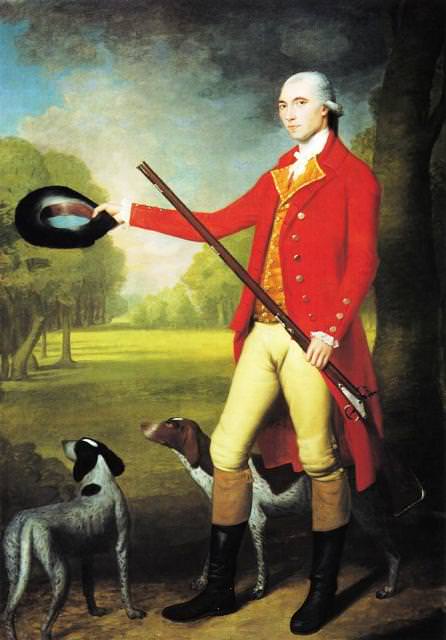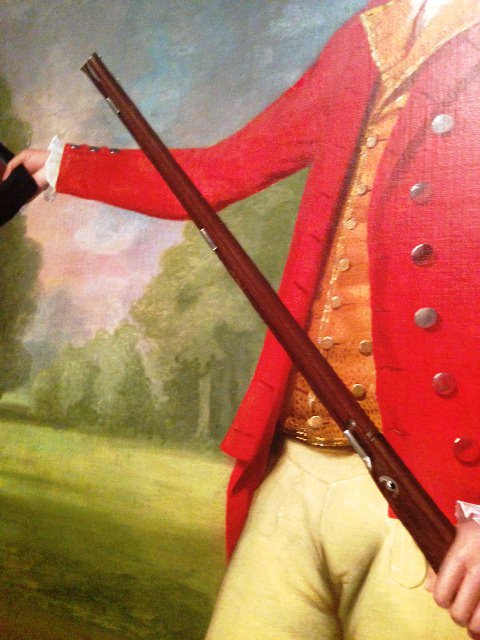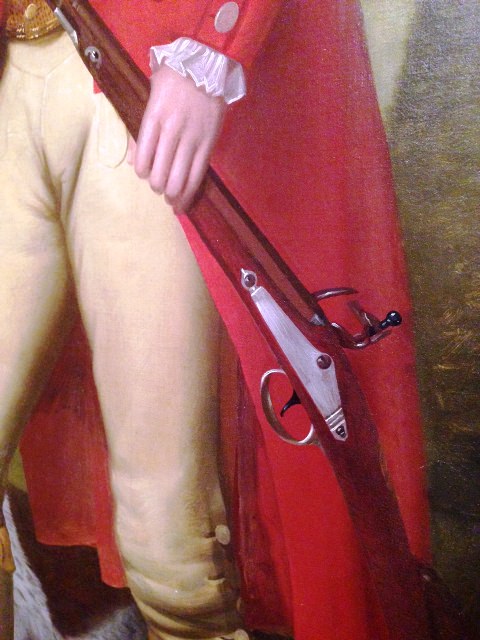It is written that Kenton always wore clothing that was brown or tan and never wore bright colors. That’s unusual enough in the time period that it was observed and noted.
So I doubt he had a barrel in the white on his gun, either by design or by choice. But that means others, maybe a lot of others, likely did.
The lack of any notation or written notes in orders for guns or observations of folks guns to me means that there must have been a “normal” standard for barrel finish. I think it’s notable that no one has written “he doesn’t take care of his gun and barrel is brown with rust, eewww.”
On the other hand, the 1803 note above is very relevant…the government, particularly the military, is not an Early Adopter of Anything. I don’t think that has changed in 250 years. So, for an armory to specify Browned barrel finish…it must have been in common use for a long time.
This to me is one of the most fascinating questions of this hobby…and one we will likely never have an answer too.
So I doubt he had a barrel in the white on his gun, either by design or by choice. But that means others, maybe a lot of others, likely did.
The lack of any notation or written notes in orders for guns or observations of folks guns to me means that there must have been a “normal” standard for barrel finish. I think it’s notable that no one has written “he doesn’t take care of his gun and barrel is brown with rust, eewww.”
On the other hand, the 1803 note above is very relevant…the government, particularly the military, is not an Early Adopter of Anything. I don’t think that has changed in 250 years. So, for an armory to specify Browned barrel finish…it must have been in common use for a long time.
This to me is one of the most fascinating questions of this hobby…and one we will likely never have an answer too.







